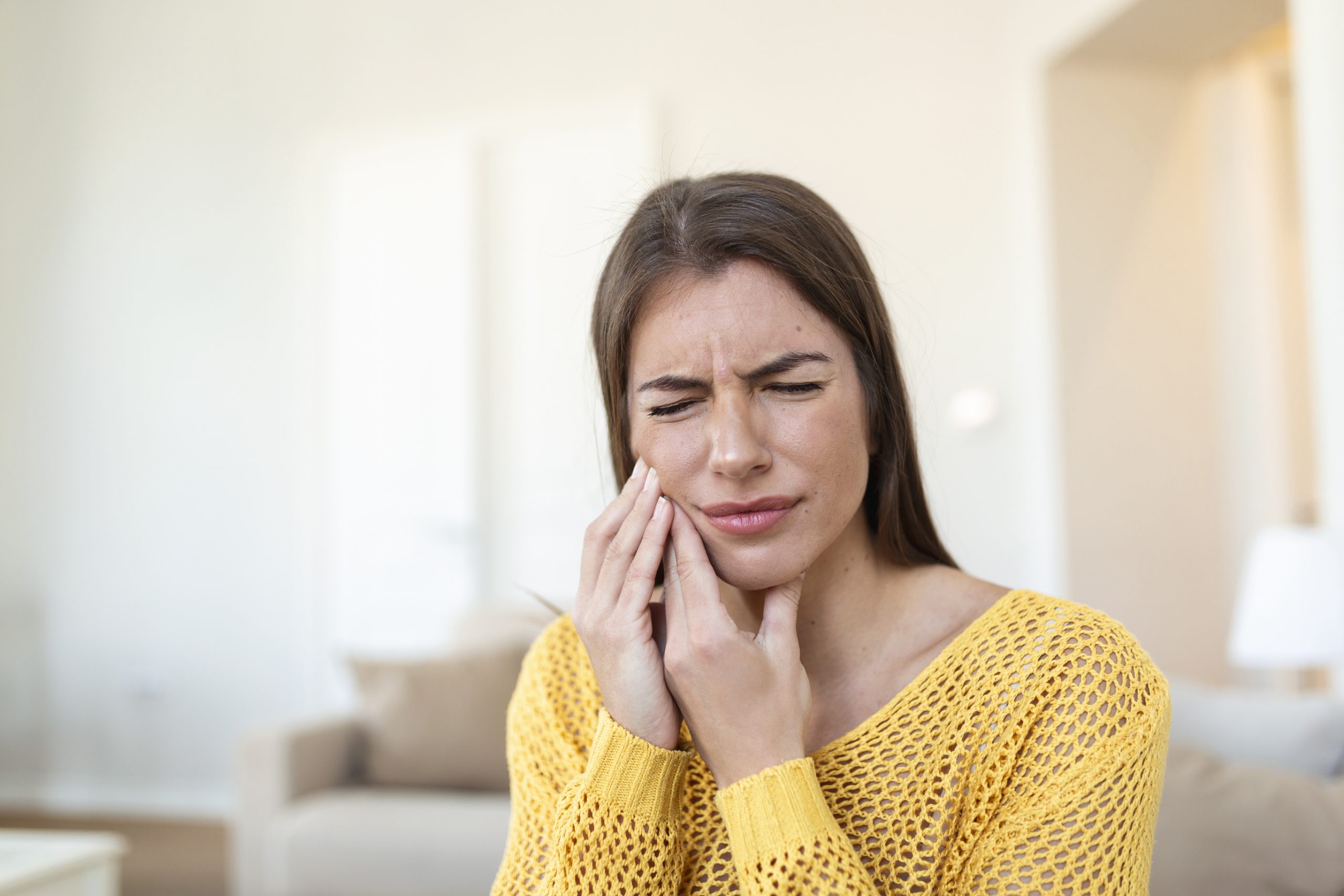

Researchers from the University of Pennsylvania School of Dental Medicine, the Adams School of Dentistry, and the University of North Carolina’s Gillings School of Global Public Health discovered that a bacterial species called Selenomonas sputigena can play a significant role in tooth decay.
Another bacterial species, the plaque-forming, acid-producing Streptococcus mutans, has long been thought to be the primary cause of tooth decay, often known as dental caries. The Penn Dental Medicine and UNC researchers demonstrated that S. sputigena, traditionally connected primarily with gum disease, can serve as a major partner of S. mutans, considerably boosting its cavity-making power in the study, which was published on May 22 in Nature Communications.
“This was an unexpected finding that gives us new insights into the development of caries, highlights potential future targets for cavity prevention, and reveals novel mechanisms of bacterial biofilm formation that may be relevant in other clinical contexts,” said study co-senior author Hyun (Michel) Koo DDS, Ph.D., a professor in the Department of Orthodontics and Divisions of Pediatrics and Community Oral Health and Co-Director of the Center for Innovation & Precision Dentistry at Penn Dental Medicine.
The other two co-senior authors of the study were Kimon Divaris, Ph.D., DDS, professor at UNC’s Adams School of Dentistry, and Di Wu, Ph.D., associate professor at the Adams School and at the UNC Gillings School of Global Public Health.
“This was a perfect example of collaborative science that couldn’t have been done without the complementary expertise of many groups and individual investigators and trainees,” Divaris said.
Caries is the most common chronic disease in children and adults in the United States and around the world. It occurs when S. mutans and other acid-producing bacteria are not adequately removed by teeth brushing and other oral care treatments, resulting in the formation of a protective biofilm, or “plaque,” on teeth. These bacteria in plaque absorb carbohydrates from drinks or food and convert them to acids. If plaque is left on the teeth for an extended period of time, the acids begin to destroy the enamel, eventually resulting in cavities.
In previous examinations of plaque bacterial components, scientists discovered a number of additional species in addition to S. mutans. These include Selenomonas species, a “anaerobic,” non-oxygen-requiring group of bacteria found beneath the gum in cases of gum disease. However, this is the first time a specific Selenomonas species has been linked to cavity formation.
The UNC researchers collected plaque samples from the teeth of 300 youngsters aged 3-5 years, half of whom had caries, and examined the samples using a battery of advanced assays with the help of Koo’s laboratory. The tests included bacterial gene activity sequencing of the samples, studies of the biological pathways implicated by this bacterial activity, and even direct microscopic imaging. The findings were then verified on a second group of 116 plaque samples from children aged 3 to 5.
Although S. sputigena is only one of several caries-linked bacterial species in plaque, and does not induce caries on its own, the data reveal that it has a remarkable potential to collaborate with S. mutans to accelerate the caries process.
S. mutans has been shown to exploit available sugar to produce sticky structures known as glucans, which are part of the protective plaque environment. These glucans can capture S. sputigena, which has little appendages that allow it to travel across surfaces, according to the researchers.
S. sputigena proliferates fast once trapped, using its own cells to construct honeycomb-shaped “superstructures” that encase and protect S. mutans. The unanticipated collaboration results in a highly enhanced and concentrated production of acid, which significantly worsens caries severity, as the researchers demonstrated using animal models.
The findings, according to Koo, demonstrate a more intricate microbial interaction than previously assumed, and provide a better knowledge of how childhood cavities develop—an understanding that could lead to better methods of cavity prevention.
“Disrupting these protective S. sputigena superstructures using specific enzymes or more precise and effective methods of tooth-brushing could be one approach,” Koo said.
The researchers intend to investigate further how this anaerobic motile bacterium enters the aerobic environment of the tooth surface.
“This phenomenon in which a bacterium from one type of environment moves into a new environment and interacts with the bacteria living there, building these remarkable superstructures, should be of broad interest to microbiologists,” Koo said.
more recommended stories
 Phage Therapy Study Reveals RNA-Based Infection Control
Phage Therapy Study Reveals RNA-Based Infection ControlKey Takeaways (Quick Summary) Researchers uncovered.
 Pelvic Floor Disorders: Treatable Yet Often Ignored
Pelvic Floor Disorders: Treatable Yet Often IgnoredKey Takeaways (Quick Summary) Pelvic floor.
 Urine-Based microRNA Aging Clock Predicts Biological Age
Urine-Based microRNA Aging Clock Predicts Biological AgeKey Takeaways (Quick Summary) Researchers developed.
 Circadian Control of Neutrophils in Myocardial Infarction
Circadian Control of Neutrophils in Myocardial InfarctionKey Takeaways for HCPs Neutrophil activity.
 E-Cigarette Use and Heart Attack Risk in Former Smokers
E-Cigarette Use and Heart Attack Risk in Former SmokersKey Takeaways for Clinicians and Nurses.
 36-Week Pre-eclampsia Screening May Reduce Term Risk
36-Week Pre-eclampsia Screening May Reduce Term RiskA New Preventive Strategy for Term.
 Cardiovascular Risk and Sudden Cardiac Death in Diabetes
Cardiovascular Risk and Sudden Cardiac Death in DiabetesRising Sudden Cardiac Death (SCD) Risk.
 Poor Kidney Function and Alzheimer’s Biomarkers Explained
Poor Kidney Function and Alzheimer’s Biomarkers ExplainedPoor kidney function may influence levels.
 Walking Speed Before Hip Replacement Predicts Recovery
Walking Speed Before Hip Replacement Predicts RecoveryNew Evidence Points to a Simple,.
 Neuroblastoma Drug Combo Extends Survival in Models
Neuroblastoma Drug Combo Extends Survival in ModelsA Promising Shift in High-Risk Neuroblastoma.

Leave a Comment